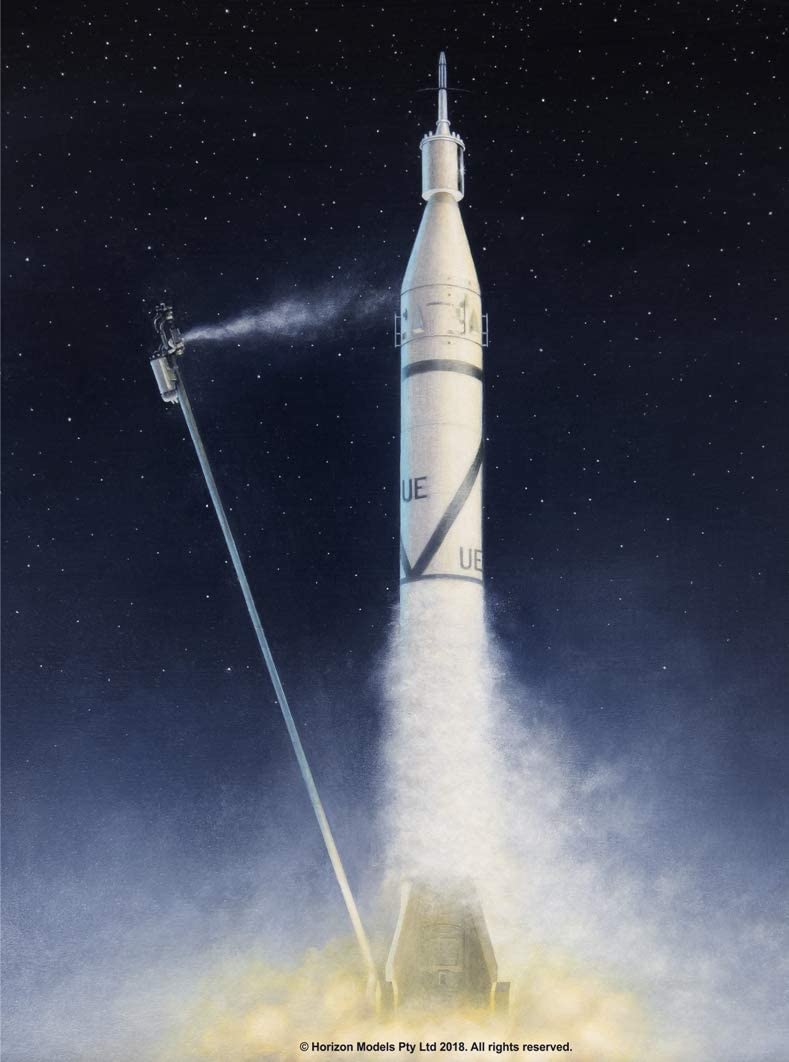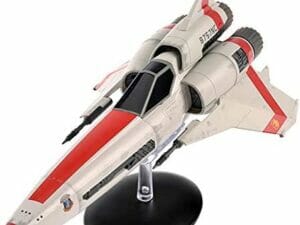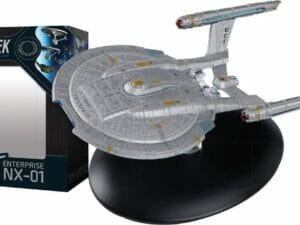Description
- Finely detailed Redstone rocket with engraved recessed panel lines and bolts and detailed launch stand
- Parts and decals included to build any ONE of the following versions:
- Juno I with Explorer I, America’s first satellite, or US Army PGM-11 Redstone IRBM, or Sparta, or WRESAT missions
- High quality water-slide decals, Photo-etch parts and detailed instructions included
- Length when built: approx. 293 to 302 mm (11.6 to 11.9 in) (without stand); Diameter:25mm (1.0″), Width: 54mm (2.1″)
Create Your Free Price Drop Alert!









Reviews
There are no reviews yet.